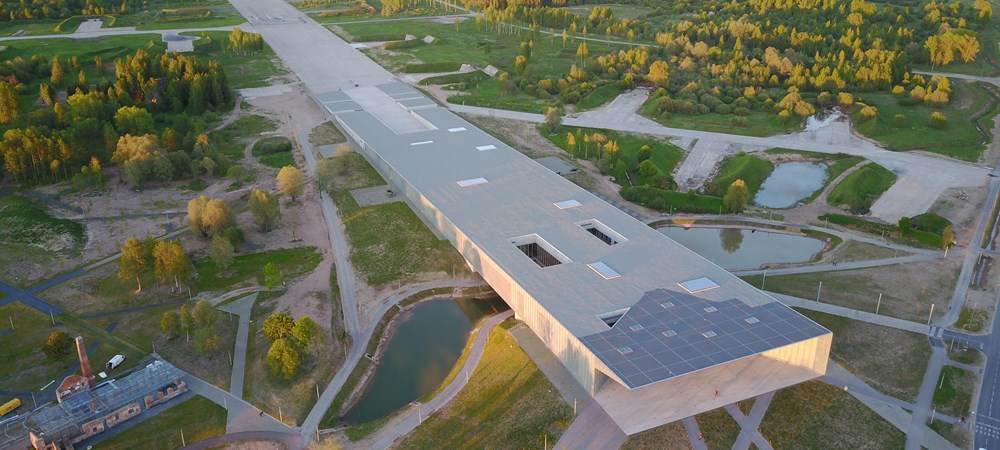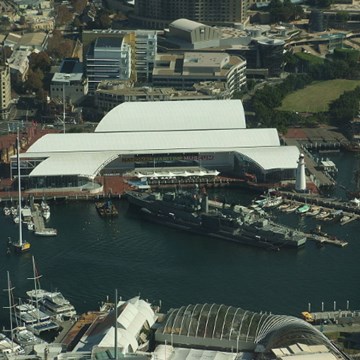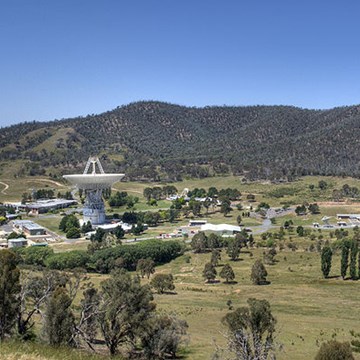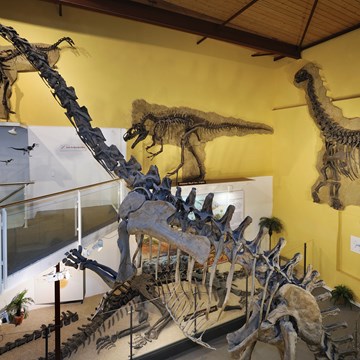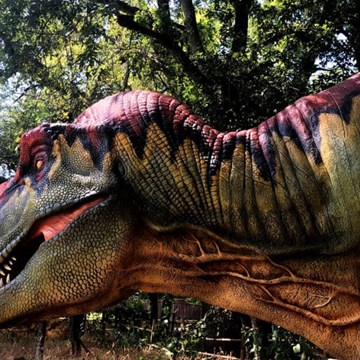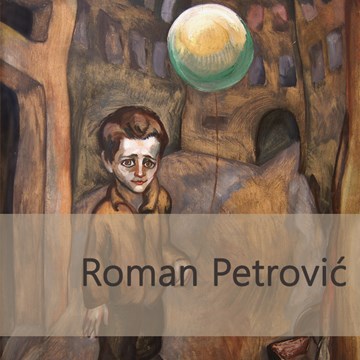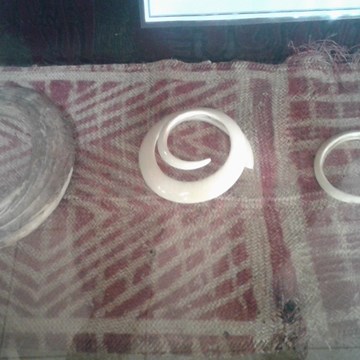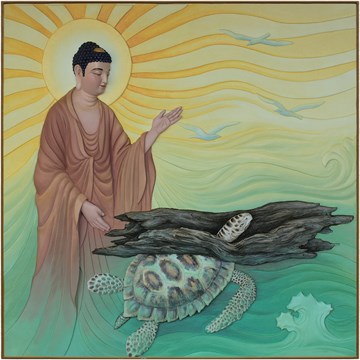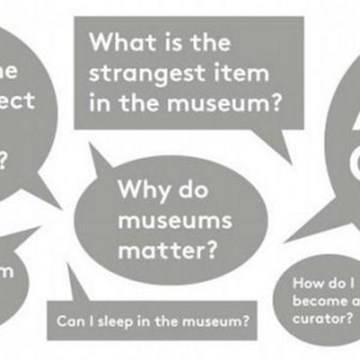Estonian National Museum
Eesti Rahva Muuseum
The Estonian National Museum was founded in Tartu in 1909 on the initiative and with the support of the nation – with the task to protect and develop the history and culture of Estonia.
As in many other European countries, primary importance was attached to preserving the old, fading peasant culture. Also considered essential was gathering and looking after artefacts contributing to better understanding of cultural development, archaeological findings, old coins, books, manuscripts and historical records.
Over time, a number of other museums, archives and libraries were founded, and the Estonian National Museum re-focused mainly on folk culture. Until World War II, the Estonian National Museum accumulated everything related to the Estonian national heritage. The fact that the museum had become a recognised memory institution by the 1930s was greatly supported also by contacts with foreign countries (Finland, Sweden, Germany, France etc), both in exchanging scientific literature, participating in study and research trips and scientific conferences and also through organising exhibitions outside Estonia.
Today, Estonian National Museum preserves the feeling of continuity and tradition. The museum is the generator and developer of cultural dialogue which links the past and the future. ENM`s role as a centre of ethnological research is to record, study and interpret culture as a way of life, taking into account its periodical, spatial and social diversity. The Museum’s function as a contemporary cultural and tourist centre is to show our culture`s uniqueness and primeval power of creation to every Estonian and visitor.
The main emphasis of research and collecting is on Estonian everyday life in the second half of the 20th century as well as on the Estonian diaspora and audiovisual, archival and artifactual data from Finno-Ugric cultures.
Exhibitions and events
We don't have anything to show you here.
Educational programs
We don't have anything to show you here.
Collections
We don't have anything to show you here.




